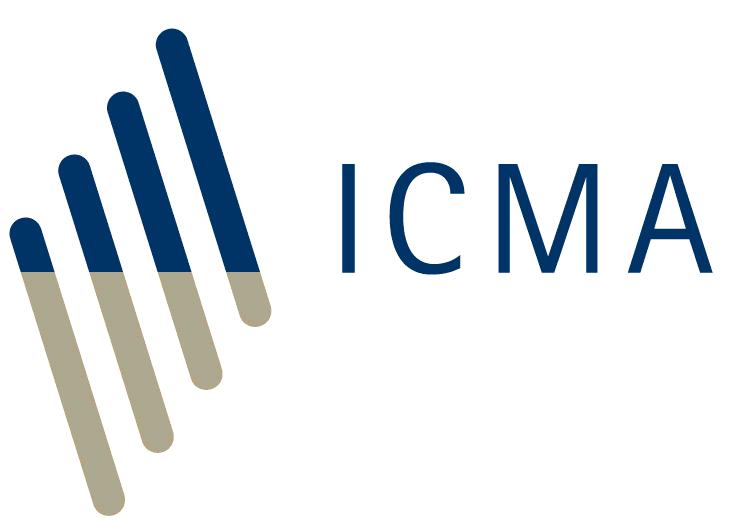There is no such thing as a riskless financial instrument. But repo can achieve a substantial reduction in the credit and liquidity risks of lending, if managed prudently. The degree to which repo can mitigate risk depends upon the careful selection of counterparties, the use of high quality and liquid collateral, the operational ability to mobilise collateral easily and securely across clearing and settlement systems, efficient collateral management (particularly frequent variation margining) and legal certainty about the ownership of and right to liquidate collateral in the event of a counterparty default.
- Careful selection of counterparties is vital to the performance of repo. Collateralisation does not change the probability of default of a counterparty, so collateral taken from risky counterparties is more likely to be tested by a default and may turn out to be worth less than expected due to fluctuations in price, the impact of liquidation, and possible legal and operational problems. Consequently, collateral should be treated only as insurance against the default of the seller, not as a simple substitute for his credit risk. This means that the primary exposure in a repo remains counterparty credit risk. Repo does not therefore avoid the need for conventional credit risk management and does not allow lending to parties deemed unsuitable for unsecured lending. Rather, repo is intended to reduce the risk of lending to existing counterparties in order to make more efficient use of the capital supporting such lending.
- Although counterparty credit risk is the primary exposure in a repo, the choice of collateral is still very important. First, the credit risk on the collateral should have a minimal correlation with the credit risk on the repo counterparty (ie low wrong-way risk) in order to diversify credit exposure as much as possible. Second, collateral should have minimal credit and liquidity risks, in order to maximise certainty about its value and ease of liquidation in the event of a default. Government bonds have traditionally provided collateral that can best meet both criteria.
- Even the best asset is no good as collateral if it cannot be easily and securely transferred to a counterparty. This is straightforward in an integrated market such as the US but more complicated in Europe, which is a cross-border market that has suffered from a fragmented securities clearing and settlement infrastructure. Great strides have been made in integrating the European infrastructure, particularly the creation of T2S in the Eurozone, but barriers to the efficient mobilisation of collateral persist, particularly between some domestic CSDs and the ICSDs that are used by most cross-border investors.
- Efficient collateral management is mainly about frequent and accurate calling for variation margin to compensate for fluctuations in the value of collateral (see question 20). It may also be helpful to overcollateralize by discounting the initial market value of some types of collateral by applying a haircut or initial margin (see question 21) in order to cover the intervals between variation margining and to take account of the potential cost of liquidation following a default. Guidance on efficient variation margining is set out in the Guide to Best Practice in the European Repo Market published by the European Repo and Collateral Council (ERCC) of the ICMA. Collateral management also involves dealing with coupons, dividends or other income payments on collateral during the term of a repo, possible substitution of collateral by agreement, resetting floating repo rates, addressing failure to deliver collateral and all the operations needed to run open repos.
- Legal certainty about a buyer’s right to collateral and the right of a non-defaulting party to net mutual obligations with a defaulting and insolvent counterparty depend critically on robust contractual documentation such as the ICMA’s Global Master Repurchase Agreement (GMRA) (see questions 18 and 19). This functioned well during the Lehman Brothers’ and other recent defaults.
Back to Frequently Asked Questions on Repo contents page
<<< Previous page Next page >>>







